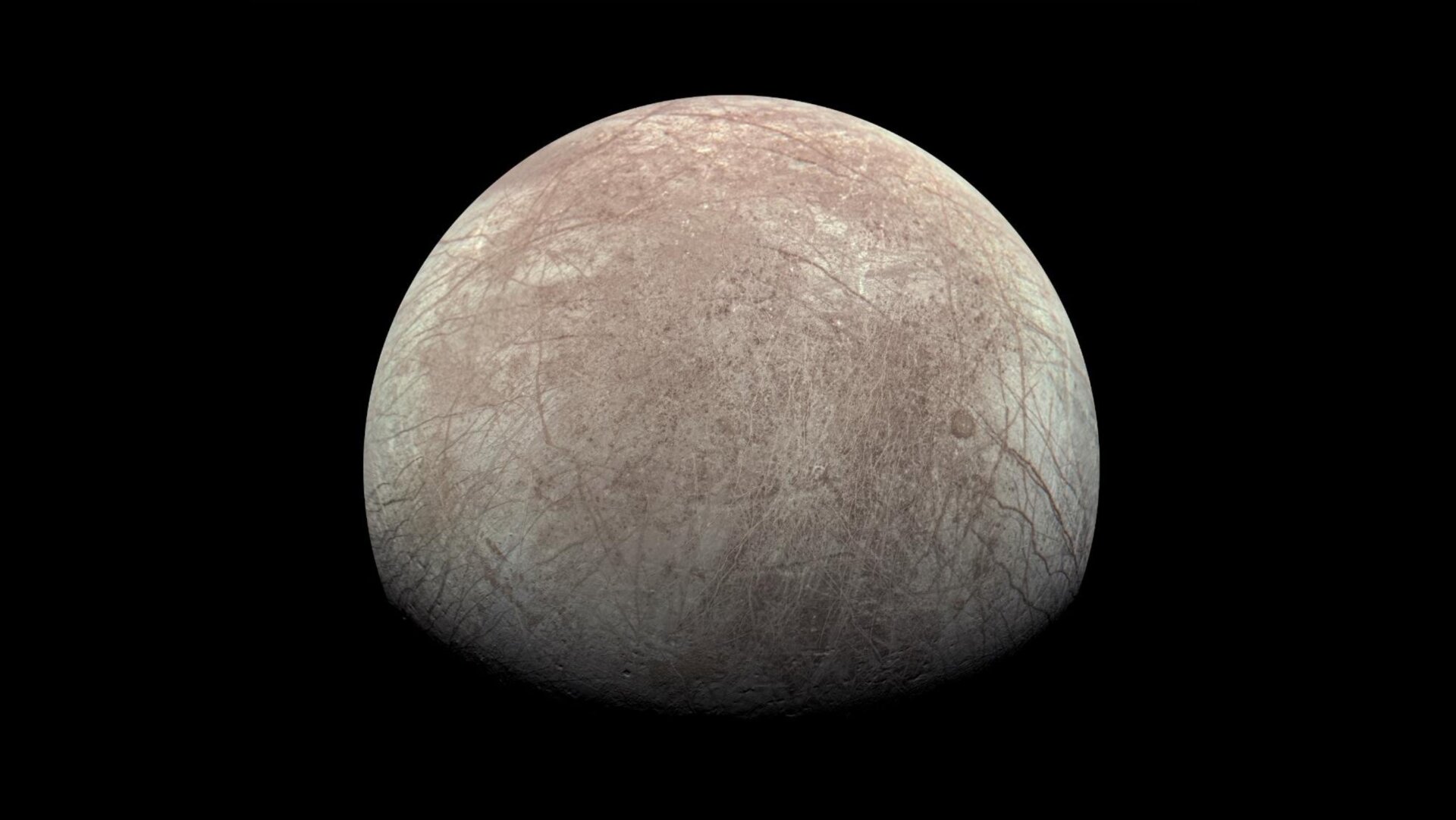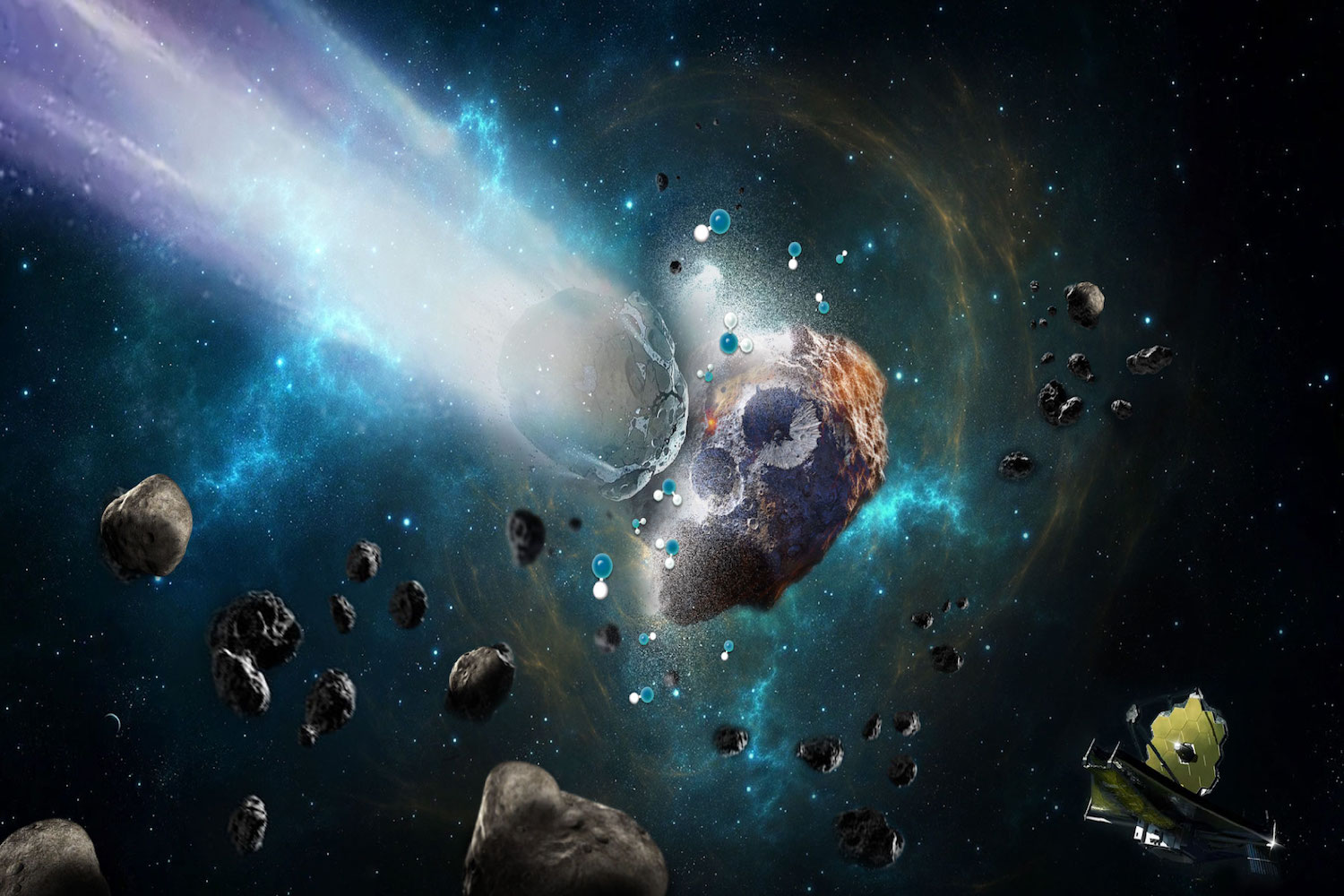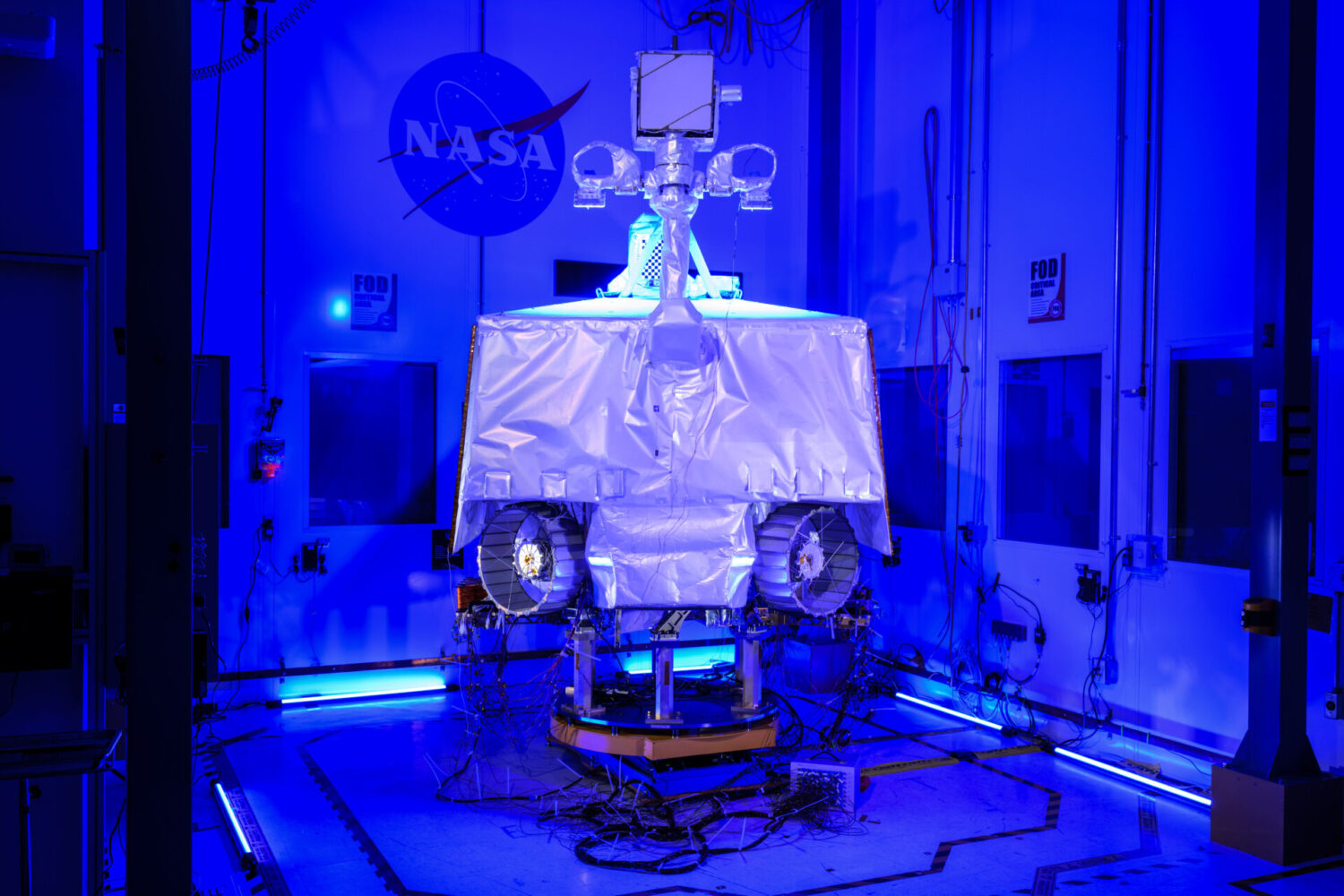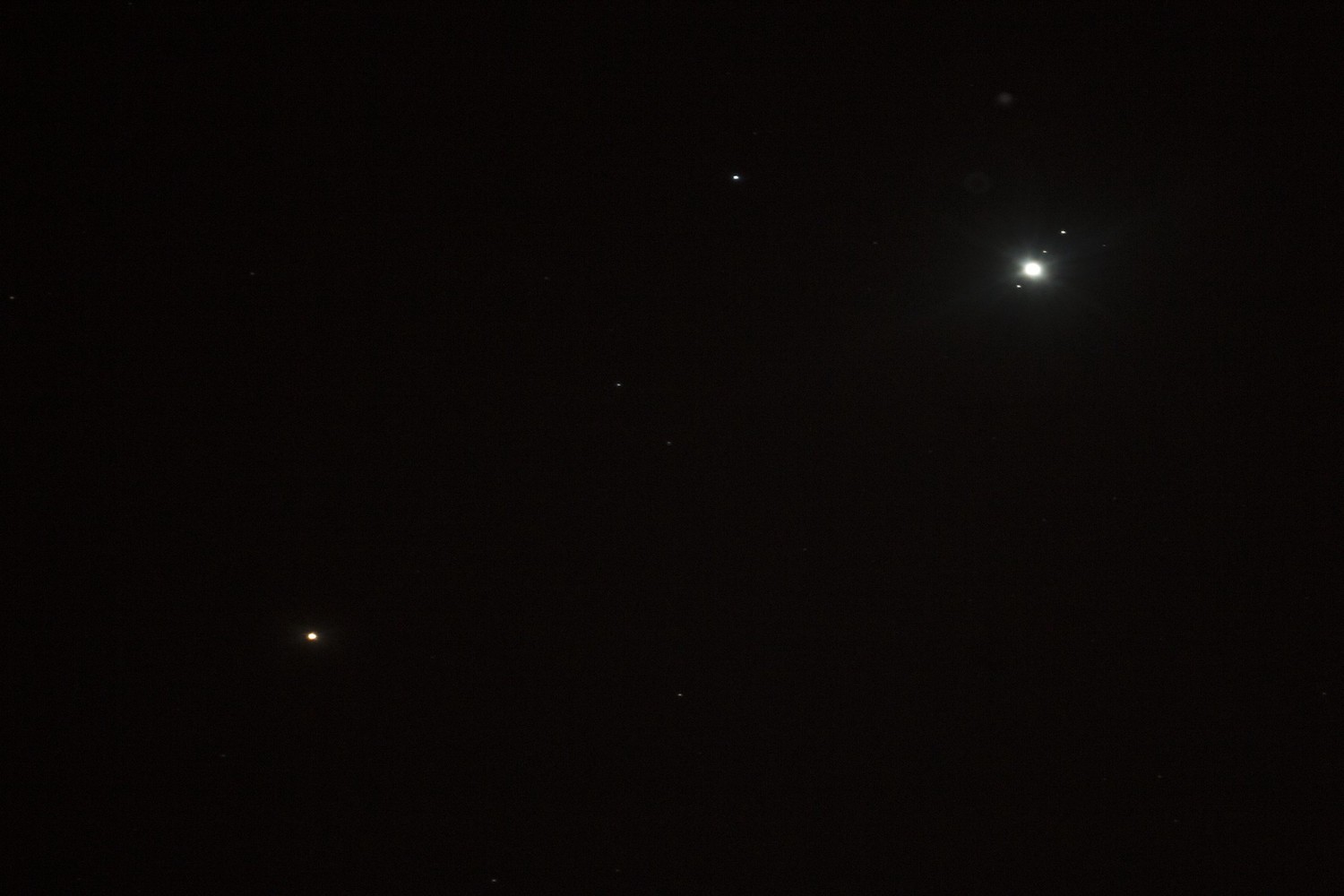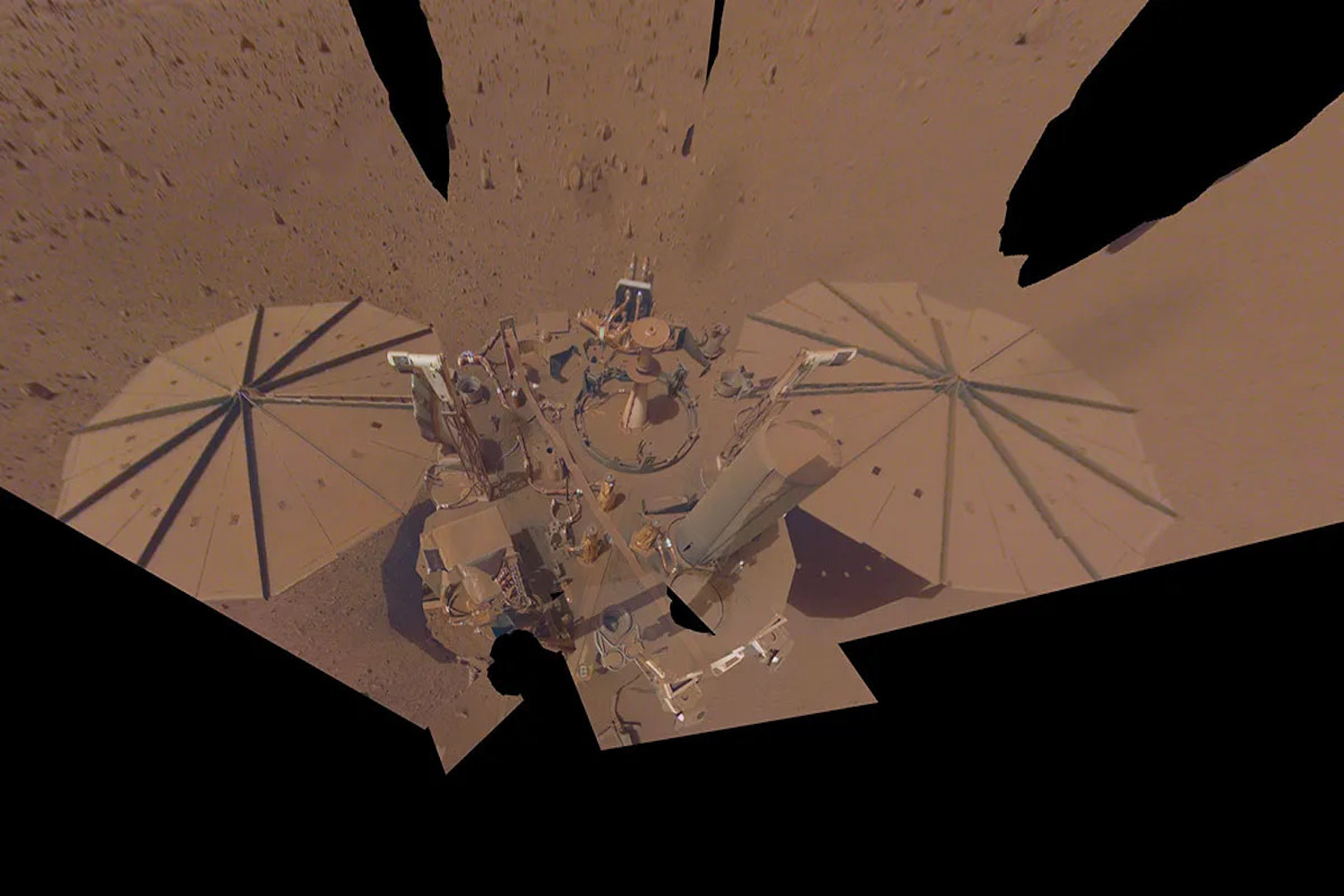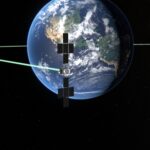The fate of an upcoming mission to Jupiter’s icy moon Europa is currently in limbo after NASA discovered that some of the spacecraft’s parts are not equipped to handle the Jovian system’s heavy radiation.
NASA’s Europa Clipper was set for launch in October, aiming to determine whether Jupiter’s moon, Europa, could support life beneath its frozen surface. The spacecraft arrived at the Kennedy Space Center in Florida in May, where engineers made the unfortunate discovery that some of its transistors may not withstand the radiation of the Jupiter system. The transistors help control the flow of electricity on the spacecraft.
“The manufacturer is working with the mission team to support ongoing radiation test and analysis efforts in order to better understand the risk of using these parts on the Europa Clipper spacecraft,” NASA wrote in a statement. The spacecraft was designed by Johns Hopkins Applied Physics Laboratory (APL), in collaboration with NASA’s Jet Propulsion Laboratory and Goddard Space Flight Center.
Through the tests conducted so far, the team of engineers concluded that some transistors are not as radiation resistant as expected, and are therefore likely to fail in the high-radiation environment near Jupiter and its moon Europa. Jupiter’s system is the most intense radiation environment in the solar system. The gas giant’s magnetic field is 20,000 times stronger than Earth’s, trapping charged particles and accelerating them to very high energies. This results in intense radiation that bombards Europa and Jupiter’s other inner moons.
“It appears that the issue that may be impacting the transistors on Europa Clipper is a phenomenon that the industry wasn’t aware of and represents a newly identified gap in the industry standard radiation qualification of transistor wafer lots,” NASA wrote.
The space agency is currently evaluating different options to maximize the transistors’ longevity in the Jupiter system, with a preliminary analysis expected to be completed later this month. That’s cutting it a little bit too close to the launch date, and it’s unclear what would happen if those options are deemed ineffective.
Europa was set to fly on October 10 and arrive at Jupiter in 2030. The highly-anticipated mission has been a long time in the making, with Jupiter’s moons being at the top of a list of places in the solar system that could help scientists identify whether life can exist outside of Earth.
For more spaceflight in your life, follow us on X and bookmark Gizmodo’s dedicated Spaceflight page.
